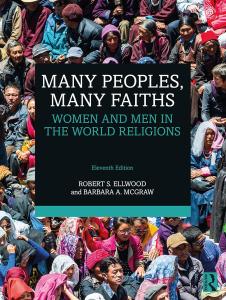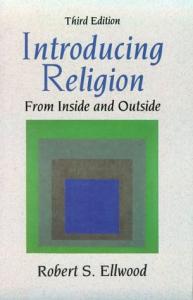Review
Zoroastrianism is one of the world's oldest monotheistic religions, dating back to the 6th century BCE in ancient Persia. It is a beautiful and complex faith that has influenced many other religions and philosophies throughout history. In her book Zoroastrianism: An Introduction, Jenny Rose comprehensively reviews this ancient belief system.
The primary goal of the books is to provide a thorough and insightful overview of Zoroastrianism, covering its history, beliefs, practices, and impact on society. Rose delves into the origins of the faith, tracing its roots to the prophet Zarathustra and exploring its development over the centuries.
Through her detailed analysis, Rose highlights the core principles of Zoroastrianism, such as the belief in one supreme deity, Ahura Mazda, and the importance of good thoughts, words, and deeds. She also examines the role of rituals, prayers, and symbols in Zoroastrianism, the concept of the afterlife and the influence of Zoroastrianism on other religions.
One of the most fascinating aspects of Zoroastrianism is its belief in one supreme deity, Ahura Mazda. This monotheistic concept was revolutionary during its inception, as most other religions in the region were polytheistic. Ahura Mazda is seen as the ultimate source of all goodness and light, and followers of Zoroastrianism strive to align their thoughts, words, and deeds with his divine will.
To achieve this alignment, Zoroastrians follow a code of ethics called the "Good Religion," which emphasizes the importance of good thoughts, words, and deeds. This principle is reflected in the three core tenets of the faith: Humata (good thoughts), Hukhta (good words), and Hvarshta (good deeds). These values are believed to lead individuals towards a virtuous life and, ultimately, towards Ahura Mazda in the afterlife.
Rituals and prayers also play a significant role in Zoroastrianism. The most important ritual is the daily recitation of the Gathas, the sacred hymns composed by Zarathustra himself. These prayers serve as a way for followers to connect with Ahura Mazda and reaffirm their faith. Other essential rituals include the Yasna, a purification ceremony, and the Yashts, which are hymns dedicated to various divine beings.
Zoroastrians also use symbols to represent their faith and beliefs. The most recognizable symbol is the Faravahar, a winged disk with a human figure in the center. This symbol represents the eternal cycle of creation, existence, and renewal. Another important symbol is the sacred fire, which represents Ahura Mazda's divine light and is used in many Zoroastrian rituals.
In Zoroastrianism: An Introduction, Rose also explores the concept of the afterlife in Zoroastrianism. According to the faith, the soul is judged after death based on one's thoughts, words, and deeds. Those who have lived a virtuous life will be rewarded with eternal life in paradise, while those who have been wicked will suffer in hell.
The impact of Zoroastrianism on other religions cannot be understated. Its influence can be seen in the beliefs and practices of many major religions, including Judaism, Christianity, and Islam. For example, the concept of a final judgment and the idea of heaven and hell can be traced back to Zoroastrianism.
The book also delves into the challenges and changes that Zoroastrianism has faced throughout history, from the rise of Islam to the diaspora of its followers. Rose provides a nuanced and balanced perspective, acknowledging the faith's successes and struggles.
Overall, Zoroastrianism: An Introduction is an excellent resource for anyone interested in learning more about this ancient religion. Whether a novice or a scholar, readers will find this review to be a valuable and enlightening guide to understanding the beliefs and practices of Zoroastrianism. With its clear and engaging writing style, this book is for anyone seeking a deeper understanding of this influential faith.






